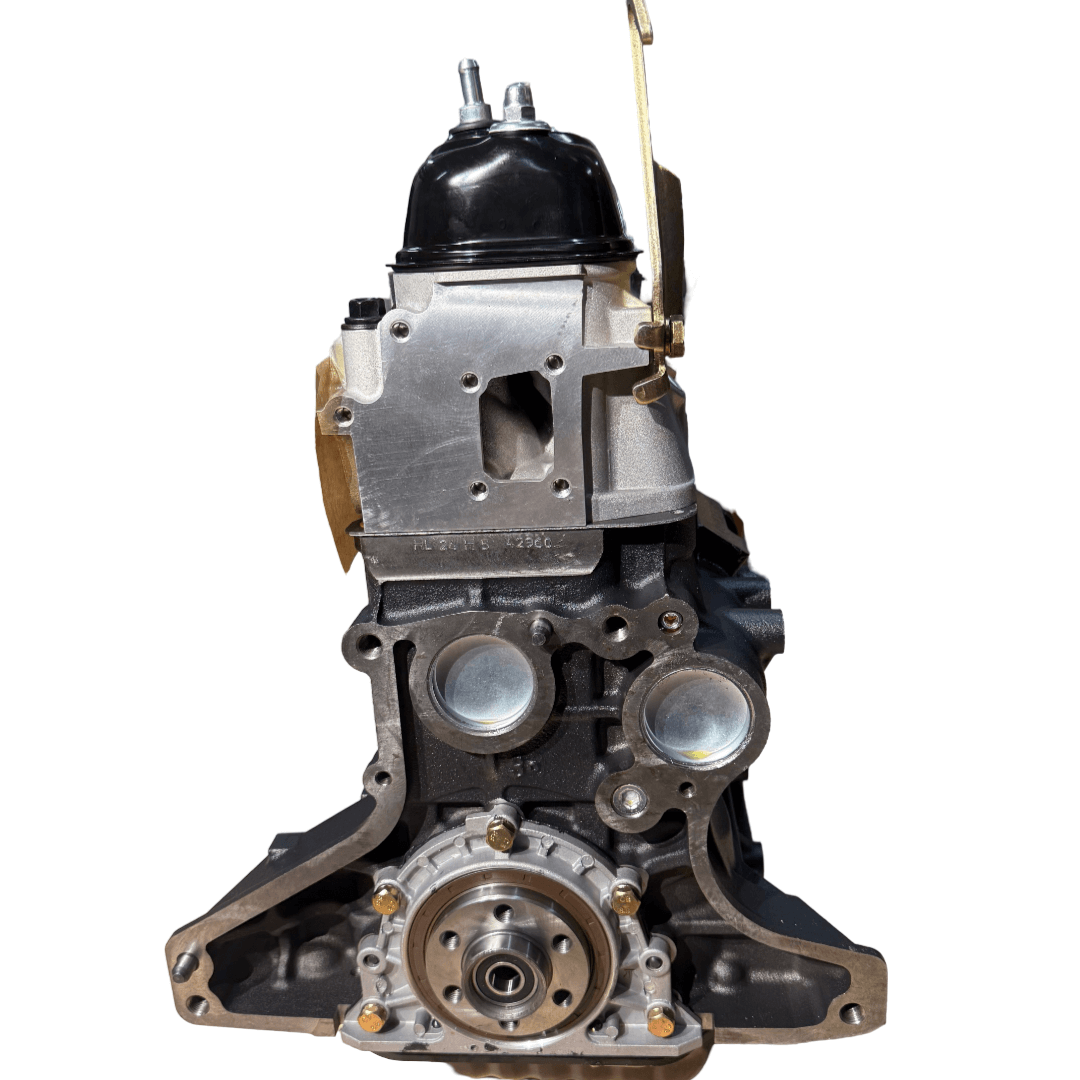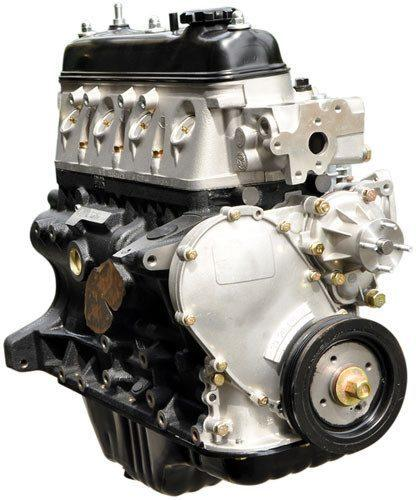What Makes the 4Y Engine Stand Out Among Other Automotive Engines
Exploring the Different Kinds Of Engine: Which One Fits Your Demands?
In the quest to figure out the most ideal engine type for your details demands, it is critical to examine the distinct attributes and advantages of each choice available. Inner combustion engines remain to dominate due to their integrity, while electric engines are gaining traction for their sustainability. Hybrid engines supply a versatile concession, and diesel engines stick out for their power sought after applications. Furthermore, alternate gas engines present innovative options, albeit with certain constraints. Understanding your priorities will be instrumental in this decision-making procedure, leading to an expedition of aspects that may influence your selection.

Inner Burning Engines
Interior combustion engines (ICEs) are the foundation of contemporary transportation, powering a vast selection of automobiles from cars to planes. These engines operate on the concept of converting gas into power through a collection of controlled explosions within a burning chamber. One of the most common kinds of ICEs include fuel engines, diesel engines, and rotating engines, each designed to satisfy certain performance and effectiveness demands.
Fuel engines typically make use of stimulate ignition, while diesel engines rely upon compression ignition, leading to distinct differences in gas effectiveness and power output (4y engine). Rotary engines, or Wankel engines, supply a small layout and smooth operation, however are much less generally utilized in mainstream applications
ICEs have gone through considerable innovations in technology, including the introduction of turbocharging and gas shot systems, which boost total performance and efficiency. Regardless of their effectiveness improvements, ICEs face increasing scrutiny due to their environmental influence, specifically regarding greenhouse gas emissions.
Electric Engines
As issues about environmental sustainability and nonrenewable fuel source dependence expand, electrical engines have become a compelling alternative to inner burning engines. These engines use electric motors powered by batteries or fuel cells, offering a cleaner and much more efficient motive powers.
Among the main advantages of electric engines is their reduced emissions. Unlike conventional engines that shed nonrenewable fuel sources, electric engines produce zero tailpipe exhausts, considerably lowering air contamination and adding to improved public health and wellness. In addition, the effectiveness of electrical motors often goes beyond that of interior combustion engines, transforming a higher proportion of power from the power source into functional energy for activity.
Electric engines are also significant for their quiet procedure, making them optimal for urban settings. 4y engine. The simplicity of their design results in less moving components, which can lead to decreased upkeep costs and increased integrity in time
Nonetheless, challenges continue to be, including battery manufacturing influences, charging facilities, and variety constraints. In spite of these difficulties, the growing financial investment in electric automobile technology and renewable resource sources factors toward an encouraging future for electrical engines, placed to play a crucial function in the change toward lasting transportation.
Crossbreed Engines
Mixing the advantages of both electric and typical interior combustion engines, hybrid engines represent a flexible solution in the quest for effective and lasting transport. These engines integrate a fuel or diesel motor with an electric motor, enabling enhanced gas effectiveness and lowered emissions compared to conventional automobiles.
Crossbreed engines run in numerous modes, using the electric motor for low-speed driving and the interior burning engine for greater rates or when even more power is required. This vibrant procedure not only enhances gas economy however additionally contributes to a smoother driving experience. Regenerative braking is another essential attribute, recording power typically lost during braking and redirecting it to recharge the battery.

As consumers increasingly focus on eco-friendliness, crossbreed engines stick out as a functional option, offering a reliable equilibrium of performance, performance, and environmental duty. This flexibility makes them appropriate for urban travelling and long-distance travel alike.
Diesel Motor
Effectiveness and power are hallmarks of diesel engines, which have long been preferred for their toughness and gas economic situation. These engines operate the concept of compression ignition, where air is compressed to a high temperature prior to fuel is infused, sparking it without the requirement for trigger plugs. This process allows diesel engines to attain higher thermal performance compared to gas engines, translating right into far better fuel gas mileage and reduced carbon dioxide exhausts.
Diesel engines are particularly well-suited for durable applications such as vehicles, buses, and commercial machinery, where torque and longevity are critical. Their layout typically consists of stronger elements to hold up against the greater pressures generated during procedure, causing longer life span and decreased upkeep prices.

Different Gas Engines
While diesel motor have lengthy controlled the landscape of durable power resources, alternate fuel engines are obtaining grip as feasible choices for a much more sustainable future. These engines utilize a selection of gas, such as compressed gas (CNG), hydrogen, ethanol, and propane, try this out intending to minimize greenhouse gas discharges and reliance on fossil gas.
One considerable benefit of different fuel engines is their potential to reduced carbon footprints. CNG engines discharge fewer toxins contrasted to traditional diesel engines, making them ideal for metropolitan transportation systems and fleets seeking to boost air high quality. Ethanol, stemmed from biomass, not only lowers discharges but likewise supports agricultural economic situations.
Hydrogen gas cells stand for a sophisticated advancement in this realm, supplying zero-emission power through a chemical response between hydrogen and oxygen. Difficulties such as framework development and manufacturing costs stay barriers to widespread adoption.
Verdict
Internal combustion engines offer reliability, while electric engines focus on sustainability and lowered upkeep. Crossbreed engines incorporate the benefits of both, improving effectiveness, whereas diesel engines offer exceptional power and torque for heavy-duty applications.
Hybrid engines offer a versatile compromise, and diesel engines stand out for their power in requiring applications. The most typical types of ICEs include gasoline engines, diesel engines, and rotating engines, each created to satisfy details efficiency and performance needs.
Unlike traditional engines that melt fossil gas, electric engines produce zero tailpipe emissions, considerably lowering home air contamination and adding to improved public wellness.Crossbreed engines operate in numerous settings, making use of the electric motor for low-speed driving and the internal burning engine for higher rates or when more power is needed. Crossbreed engines combine the benefits of both, improving efficiency, whereas diesel engines provide premium power and torque for durable applications.